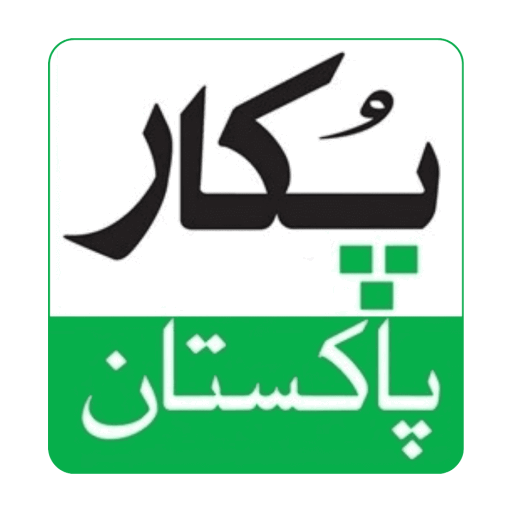Braille is more than just a system of raised dots on a page. It’s a lifeline for people who are blind or visually impaired. A way for them to connect with the written word, with ideas, and with the world around them. Braille isn’t just a code; it represents independence, education, and communication.
What Exactly is Braille?
At its core, Braille is a tactile alphabet that you read with your fingertips. Each character is made up of a combination of raised dots arranged in a small rectangle called a “cell.” This cell is always the same size, but depending on which dots are raised. It represents different letters, numbers, punctuation marks, or even entire words and phrases.

For people who can’t rely on their eyes, Braille offers something else. A way to read and write just like anyone else, but through touch. Imagine running your fingers across a page feeling the tiny bumps beneath them. In that feeling, unlocking whole worlds of knowledge, stories, and communication.
The Origins: How Braille Came to Be
The story of Braille begins with a young French boy named Louis Braille. Who, at the age of 3, suffered a tragic accident that left him blind. Growing up in the early 1800s, young Louis had very few options for learning. Reading and writing were out of reach for most blind people because there wasn’t a system for them to access written text.
That all changed when Louis, a determined teenager, came across something called “night writing.” It was a system of raised dots created by Charles Barbier. A French army captain, designed to help soldiers communicate silently and without light during battle. Though this system was originally developed for the military, it had potential. But there was one big problem—it was incredibly complex and bulky.
At just 15 years old, Louis Braille took Barbier’s idea and simplified it. He reduced the system to just six dots, arranged in two columns of three. This new format was simple but powerful. It allows for over 60 different combinations to represent letters, numbers, punctuation, and even music notes.
Louis didn’t stop there. He continued to refine and improve the system, making it practical for everyday use. But despite his hard work, Braille wasn’t immediately embraced. In fact, it wasn’t widely accepted during Louis Braille’s lifetime. Still, his vision persisted long after his death. Still in 20th century, his tactile system became the global standard for blind literacy.
Why Braille Matters
The significance of Braille goes far beyond reading and writing. It offers blind individuals a sense of autonomy, giving them direct access to books, education, and information that sighted people often take for granted. For many, learning Braille opens up opportunities, whether that’s getting an education, a job, or simply being able to jot down a personal note.
The System Itself
- Structure: A Braille cell consists of six dots arranged in two columns and three rows. By raising specific dots in different positions, you can form unique patterns to represent letters, numbers, and even contractions or abbreviations in some cases.
- Grades of Braille:
- Grade 1 (or uncontracted Braille) is the most basic, with each cell representing a single letter or punctuation mark.
- Grade 2 (or contracted Braille) includes shortened forms for common words and letter groupings, making it faster to read.
A Lasting Legacy
Louis Braille’s invention has changed millions of lives. It’s more than just a code for reading and writing; it’s a tool of empowerment. Through Braille, the blind and visually impaired community can access knowledge, share in the joys of literature, and participate fully in the world around them.
Braille is proof that sometimes the greatest inventions come from the most unlikely of places—a young blind boy with a dream to read, and a determination to make it possible.

